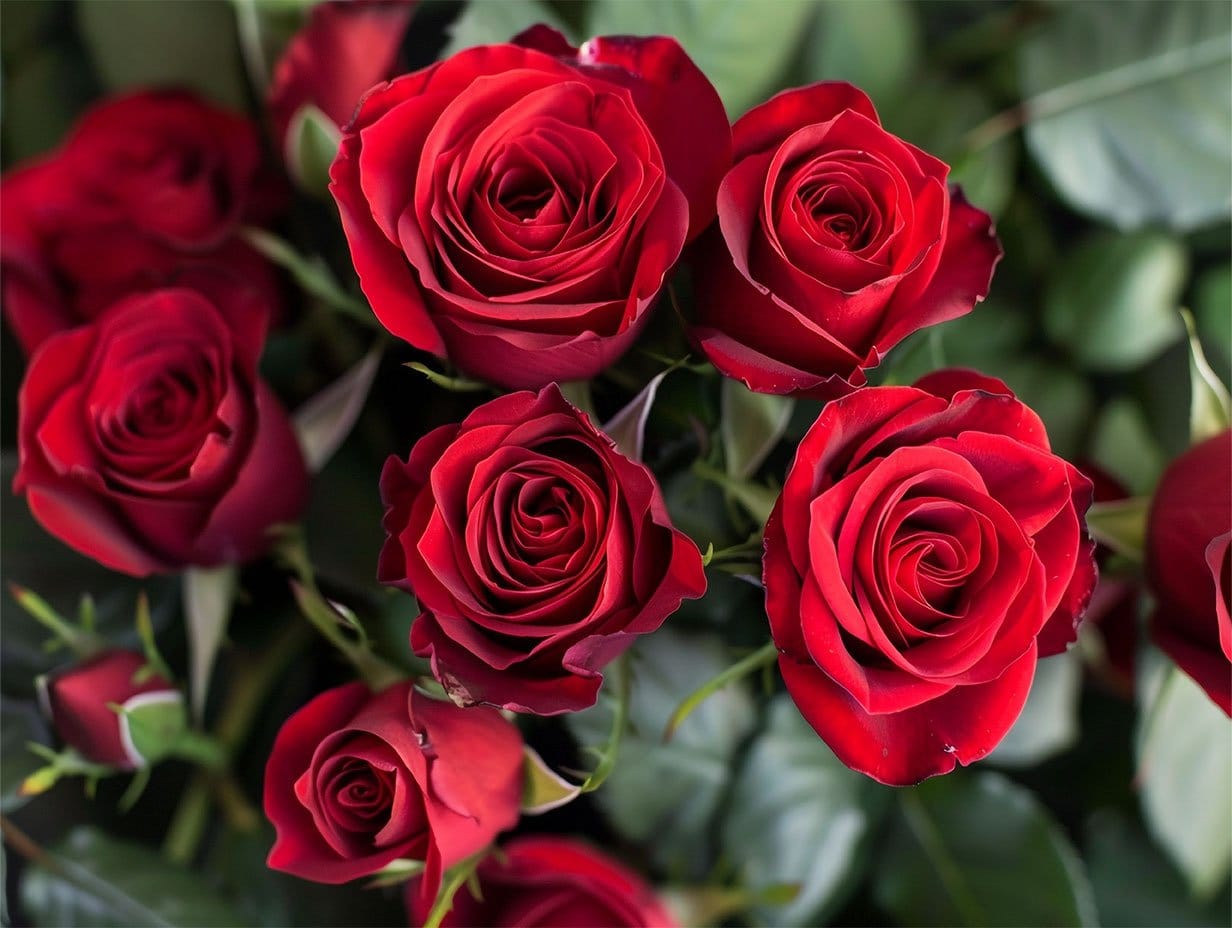
Table of Contents
The Explorer Roses: Hardy Beauties for the Northern Garden
Introduction
Roses are often seen as the pinnacle of garden beauty, admired for their exquisite blooms and alluring fragrance. However, traditional roses can struggle in colder climates, where harsh winters and short growing seasons present significant challenges. Enter the Explorer series of roses, a collection of robust, disease-resistant varieties bred specifically to thrive in Canada’s frigid conditions. These roses combine the classic elegance of traditional roses with the toughness needed to endure extreme cold, making them an excellent choice for gardeners and florists in northern regions.
Origins and Development
The Explorer roses were developed through the collaborative efforts of Agriculture and Agri-Food Canada (AAFC) at two main research stations: the Central Experimental Farm in Ottawa and the Morden Research Station in Manitoba. The breeding program began in the 1960s with the goal of creating roses that could withstand Canada’s severe winters without extensive care. The roses are named after famous Canadian explorers, reflecting their ability to thrive in harsh, uncharted territories.
Characteristics of Explorer Roses
Explorer roses are primarily known for their cold hardiness. Most varieties can survive temperatures as low as -35°C (-31°F), making them suitable for USDA zones 2 through 4. In addition to their resilience against cold, these roses are also bred for disease resistance. Many Explorer roses exhibit strong resistance to common rose ailments such as black spots and powdery mildew, which reduces the need for chemical treatments and makes them easier to maintain.
These roses come in various colors, including deep reds, vibrant pinks, and pure whites. Their growth habits range from compact shrubs to vigorous climbers, offering versatility for different garden designs. Some popular varieties include ‘John Cabot,’ ‘William Baffin,’ and ‘Henry Kelsey,’ each with unique attributes but all sharing the Explorer series’ trademark hardiness and beauty.
Notable Varieties
- John Cabot: This climbing rose can reach heights of 8-10 feet and produces semi-double, deep pink blooms. It is known for its prolific blooming throughout the summer and fall.
- William Baffin: Another climber, ‘William Baffin’ can grow up to 10 feet tall and is covered in clusters of semi-double, bright pink flowers. Its vigorous growth and resistance to diseases make it a favorite among gardeners.
- Henry Kelsey: This climber showcases rich red, semi-double flowers with a subtle fragrance. It can grow up to 8 feet tall and is known for its resilience and continuous blooming from early summer to fall.
- David Thompson: A hardy shrub rose with double, very red blooms, and a strong fragrance. It can withstand temperatures down to -40°C (-40°F) and is highly resistant to black spots and powdery mildew.
Growing Explorer Roses
Growing Explorer roses is relatively straightforward, especially compared to more delicate rose varieties. They prefer full sun but can tolerate some shade and thrive in well-drained, slightly acidic soil. Regular watering and occasional feeding with a balanced fertilizer will help them produce abundant blooms.
Pruning is essential to maintain their shape and encourage new growth. For climbing varieties, training the canes horizontally can promote more blooms. While these roses are hardy, providing winter protection, such as mulching around the base, can help them endure the coldest temperatures and emerge healthy in the spring.
Landscaping with Explorer Roses
The versatility of Explorer roses makes them suitable for various landscaping uses. Their hardiness and disease resistance make them ideal for low-maintenance gardens. Climbers like John Cabot and William Baffin can adorn trellises, fences, and arbors, creating stunning vertical accents. Shrub varieties such as ‘David Thompson’ can be used in borders, hedges, or as standalone specimens, adding vibrant color and structure to the garden.
Explorer roses also pair well with other cold-hardy perennials and shrubs. Plants like lavender, salvia, and ornamental grasses can be combined with them to create visually appealing and diverse garden beds that thrive in cooler climates.
Explorer roses represent a remarkable achievement in rose breeding. They offer gardeners in northern regions the opportunity to enjoy the beauty and elegance of roses without the extensive care and protection typically required. Their exceptional hardiness, disease resistance, and various forms and colors make them a versatile and valuable addition to any garden.
About Elena Viktorova
Hi, I’m Elena Viktorova — the heart behind MakingDream.ca. I’ve always been drawn to flowers, lovely little gifts, and the simple joys that make life feel magical. This space is where I share the things I love, the beauty I find in everyday moments, and the inspiration that helps me keep dreaming. I’m so happy you’re here — let’s make something beautiful together.
View all posts by Elena Viktorova




















